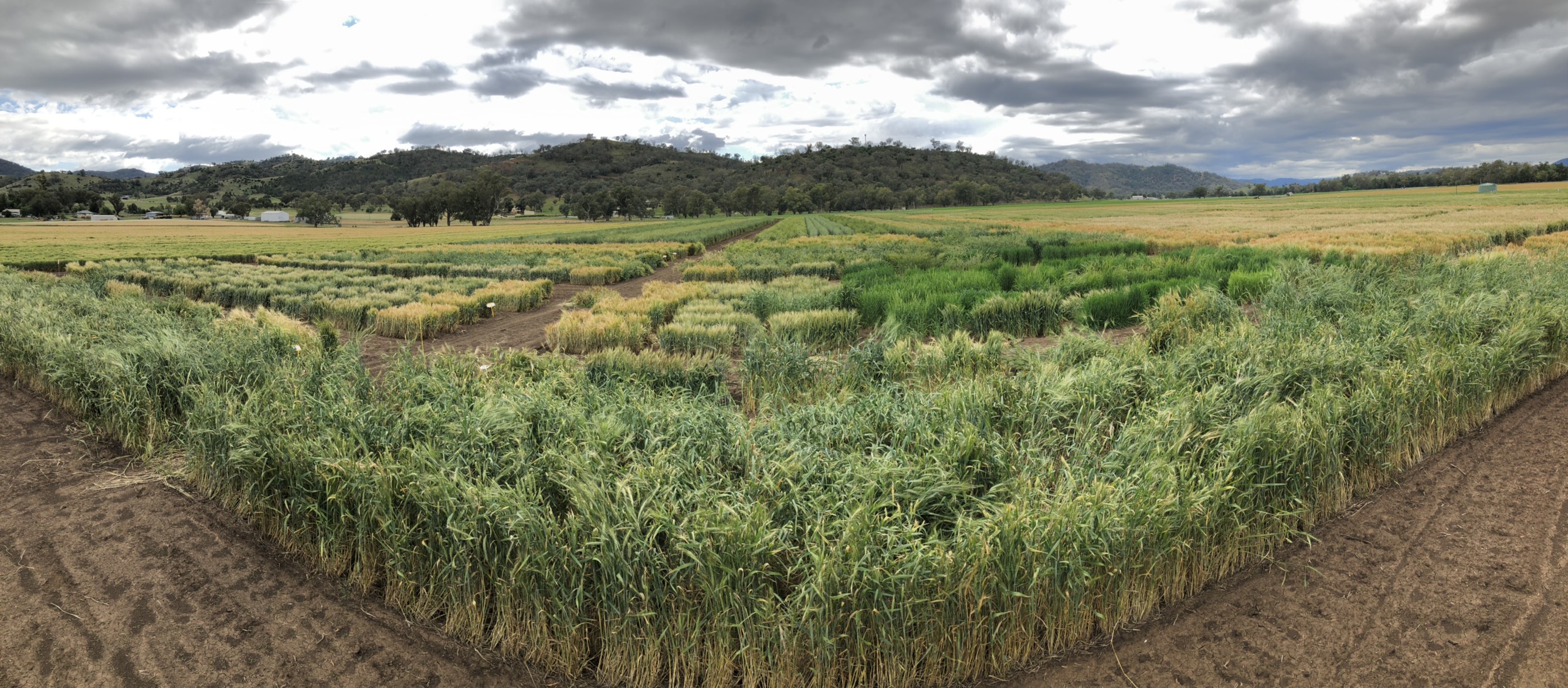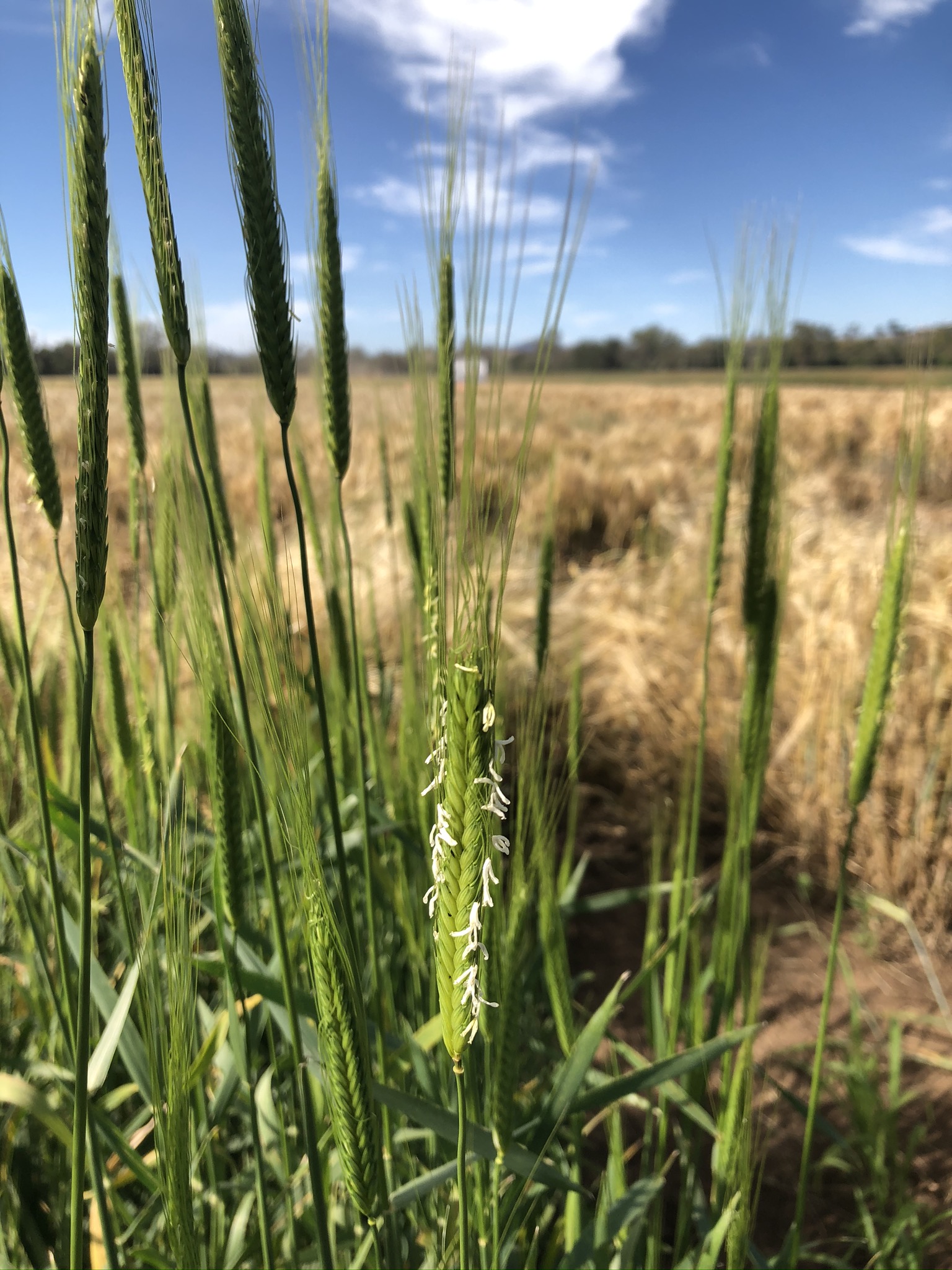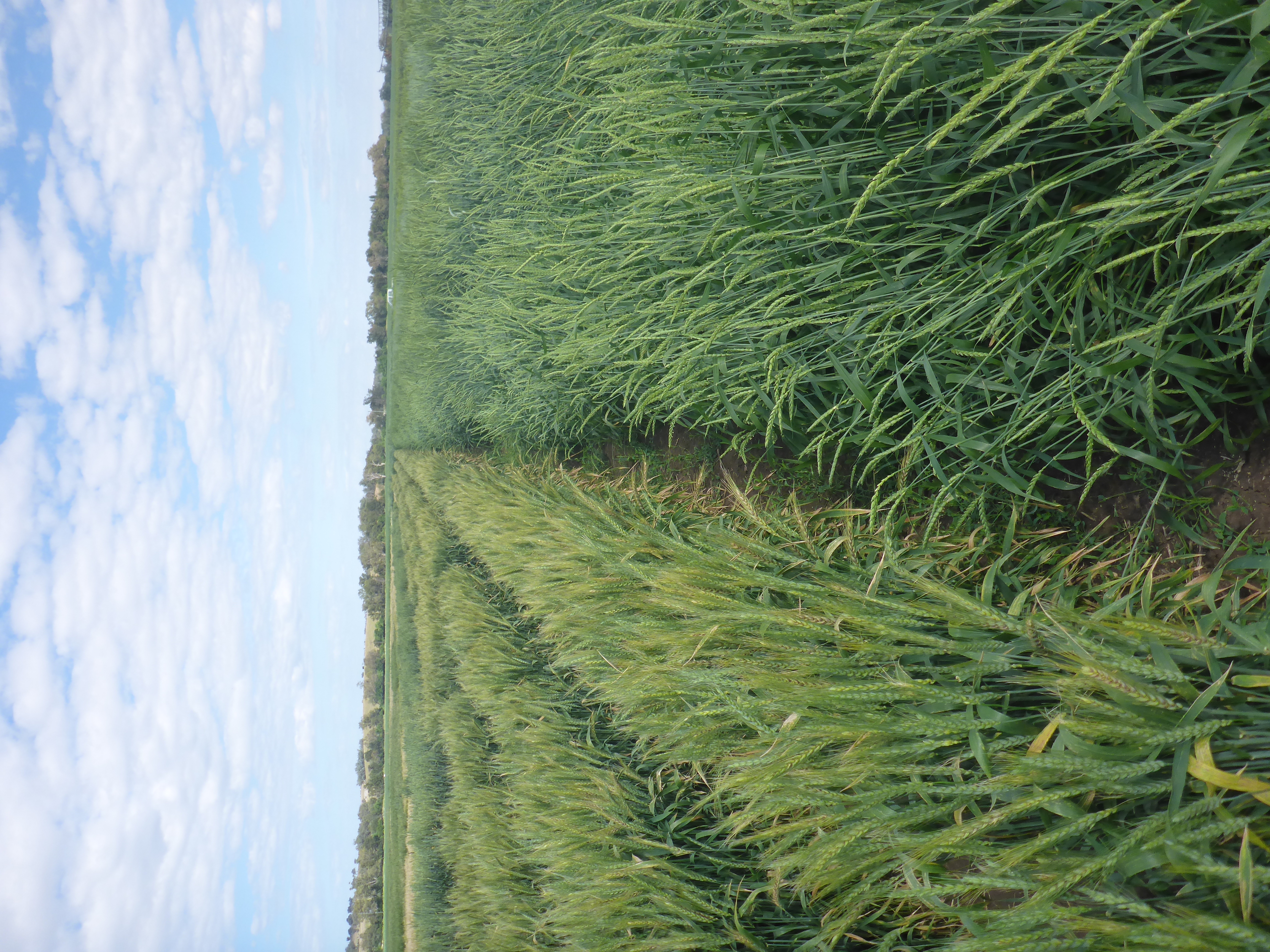
A schooner of ancient grains?
What do a genebank manager, a senior grain scientist and craft beer brewers have in common? The answer will leave you thirsty to know more!
What do a genebank manager, a senior grain scientist and craft beer brewers have in common?
In this case, ancient grains and the search for something unique – for flavour and for storytelling.
There are over 170 independent breweries in NSW, employing around 3,300 people. Two-thirds are in regional NSW and more are opening all the time.
The state’s brewers are aiming to capitalise upon a growing consumer trend for artisanal, premium and natural products made with local ingredients and characteristics.
Where better to look than at the very grain these brews are created from.
Brett Lobsey is the Cereals Curator of the Australian Grains Gene Bank (AGG); a library holding over 50,000 cereal accessions as well as many other grains from around the world. Beginning in the early 1900’s, seed collections were preserved in the Universities and State Government Institutions of all Australian states.
These collections have been amalgamated over time and are now housed in the one place, the AGG. The amount of varied and interesting material, which can be found in this ever evolving and historical collection is our most valuable resource when searching for ancient grains and heritage varieties.
“There are different seed banks around the world, the most famous is probably the Svalbard Global Seed Vault, also known as the Doomsday vault,” Brett said.
“The global seed vault is a place to store duplicated packets of seed from various global genebanks as a back-up. Seed would only be retrieved from this vault in the event of a global catastrophe.
“The AGG is an active collection, providing purposeful access to an enormous range of unique germplasm from all over the world. This is achieved by sustaining an accurate and ample seed inventory”.
“Because of this access, when the NSW Govt developed the Action Plan in consultation with the Independent Brewers Association, one of the key points was to work with government and academia to advance their industry.”
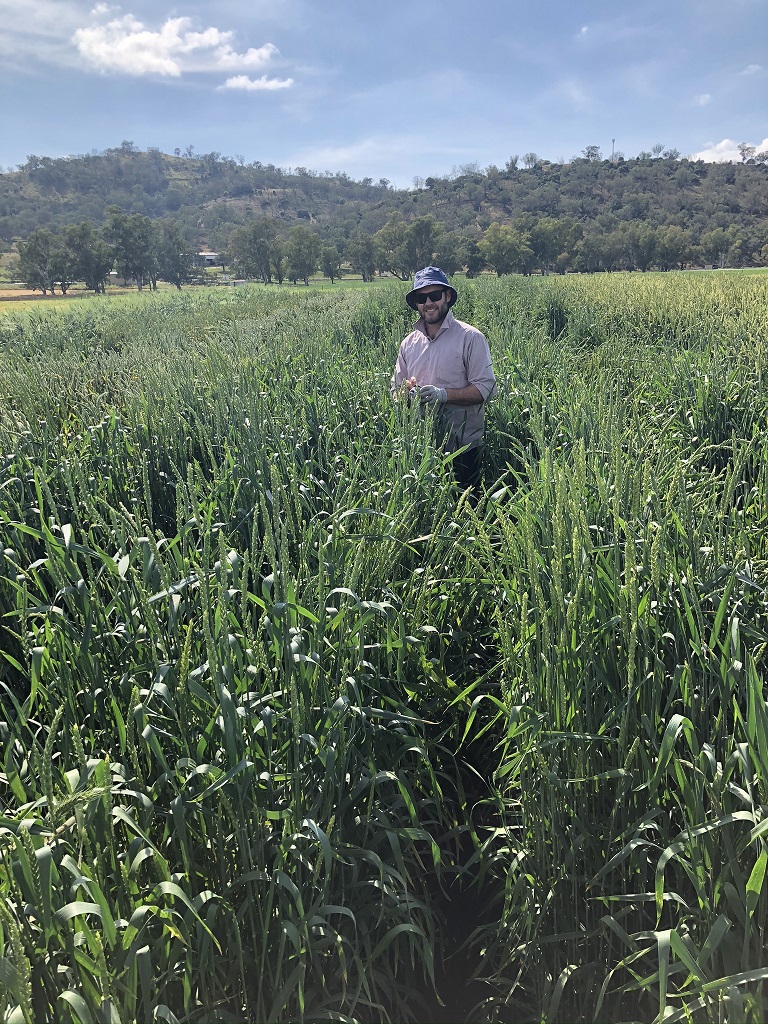
Brett is based out of the NSW DPI’s Tamworth Agricultural Research Station, also home to DPI’s Senior Research Scientist, Dr Jenny Wood.
Brett could supply the varieties, and as it happened, Jenny had a background in barley malting and her tech officer Julie Miller worked in the malting industry for many years.
So began a research project aimed at proof of concept - growing some of these ancient barleys at Tamworth, and then evaluating the performance of these barleys during malting and the resultant malt for brewing suitability.
“This project is all about helping the independent brewers increase market traction through novel barleys, but it also has the potential to help barley growers in NSW,” Jenny said.
“If NSW can build up the independent craft brewing industry locally, so more barley goes into craft brewing, it will give barley growers options to participate in smaller domestic markets, growing novel and more interesting varieties.
“The craft brewing industry is keen to connect with NSW barley growers interested in growing novel lines. This would assist growers looking to increase diversification in marketing, so working towards that goal is a win win.”
Barley isn’t native to Australia, so there are not native ancient breeds. In the early years of barley production in Australia, varieties from Canada, Europe and the United States were being grown and used in barley breeding programs. Older varieties of barley are not listed as approved varieties for malting in the current barley receival standards, but that doesn’t mean that they don’t have something to offer.
Tech Officer Julie Miller explains that the needs of boutique craft brewers are unique.,
“Whilst the big brewers need high efficiency and consistency so that their beers always taste the same, the smaller brewers are seeking uniqueness and differentiation for their beers."
Breeding objectives focusing on productivity for the farmer (ie. yield) to meet the quality requirements for export and the large domestic breweries (like maximising malt extract yields and rapid fermentation and filtration) mean that the gene pool has narrowed significantly. Moreover, attributes that are more difficult to evaluate, like taste, were ignored for many decades and are still commonly overlooked today.
“We are reinvestigating historical ‘gems’ from the past to enhance the ‘flavour wheel’ and provide exciting grain alternatives for the craft brewing industry," Julie said.
“The first challenge is to see if these heritage varieties stand up to the pathogens which afflict barley in our present biosphere. After a mild growing season and a higher than average spring rainfall, we can say that 2020 gave us a good insight to the resistance capabilities of the ancient varieties. Some of the lines look promising agronomically.”
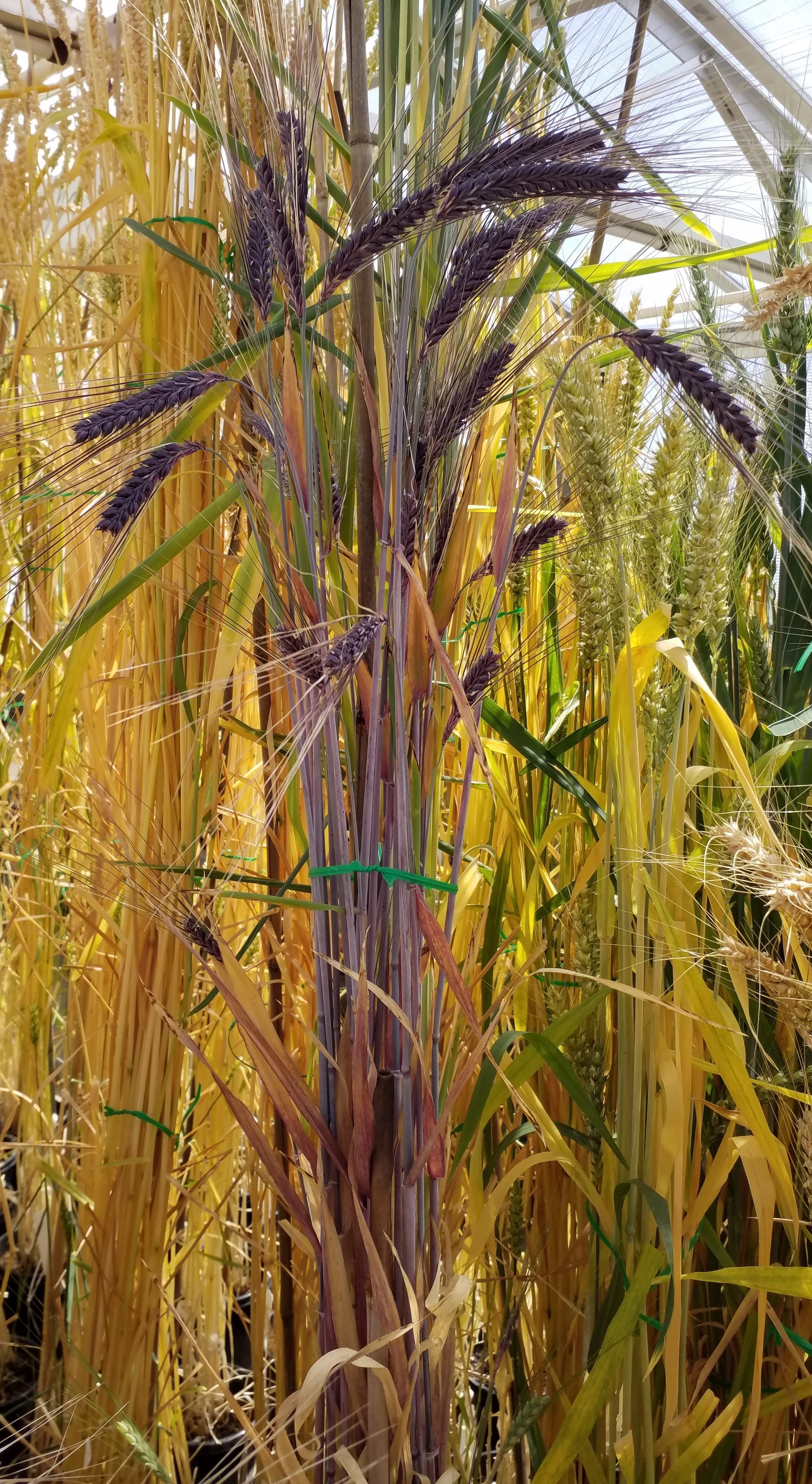
Jenny Wood said it’s an interesting pilot project, and one they will have some good data from once dormancy has broken in February 2021, and they can begin the malting trials.
“We have an electronic nose to explore the differentiation between lines, in recognition of how important the sensory elements are to craft brewers.
“In craft lines they want a difference, a unique story, but the other area that is important is the flavour it produces, so being able to distinguish sensory properties will be valuable.”
“This project has helped me become more aware of what small industry is trying to do in NSW, and how agronomy with grain science can assist in differentiation, marketing and telling a story.”
Want to know more? Read the Independent Brewers Association’s Action Plan.

